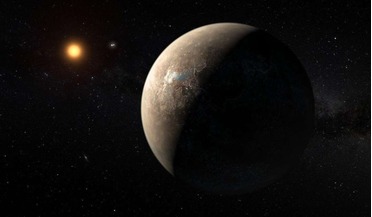 17 April 2019
Proxima Centauri may host a second exoplanet, but its first might not be there
17 April 2019
Proxima Centauri may host a second exoplanet, but its first might not be there
... a different team of researchers have found another, except this one is approximately six times more massive. Finding exoplanets like our own world is exciting enough, but finding one in our cosmic backyard is exhilarating on a whole different...
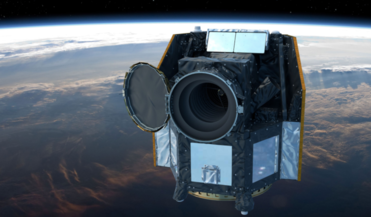 16 December 2019
Cheops, ESA's exoplanet watching telescope launches tomorrow
16 December 2019
Cheops, ESA's exoplanet watching telescope launches tomorrow
... be the first mission dedicated to measuring the chemical composition and thermal structures of a large and diverse sample of exoplanets. For now though, all eyes will be on Cheops tomorrow as it heads for a dawn/dusk orbit at an altitude of 700...
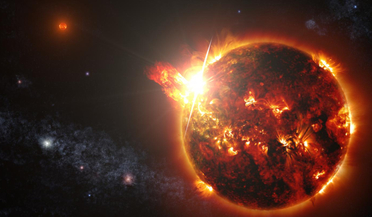 23 December 2020
Harmful stellar flares might not prevent life on exoplanets after all, new study says
23 December 2020
Harmful stellar flares might not prevent life on exoplanets after all, new study says
... – a team of researchers used a combination of 3D atmospheric chemistry and climate modelling to see what effects the flares have on an exoplanet’s habitability. "Habitable zones around these stars are narrower because the stars are smaller and less...
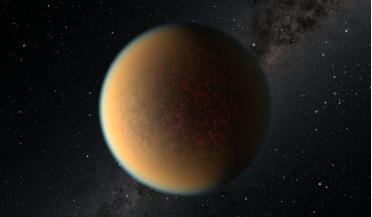 12 March 2021
Scientists find a rocky exoplanet rebuilding its atmosphere
12 March 2021
Scientists find a rocky exoplanet rebuilding its atmosphere
... by Mark Swain of the Jet Propulsion Laboratory, decided to point the NASA/ESA Hubble Space Telescope at the exoplanet instead. To the team’s surprise, observations with Hubble picked up spectral signs of hydrogen cyanide (HCN), methane, and...
 November 2020
The alien hunter’s field manual
November 2020
The alien hunter’s field manual
...; since we know life can have a large effect on a planet, this will allow us to determine whether life exists on exoplanets that we can characterise. So far, measurements have been mostly restricted to the atmosphere of about a dozen hot Jupiters...
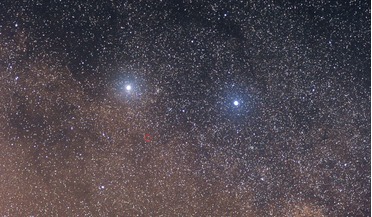 15 February 2021
Possible planet found in habitable zone around Alpha Centauri
15 February 2021
Possible planet found in habitable zone around Alpha Centauri
... instrument. In doing so, the team reached sensitivity levels that were more than a 10 times improvement over typical exoplanet imaging capabilities – a huge step towards imaging Earth-sized planets, Wagner says in a tweet. Another interesting aspect...